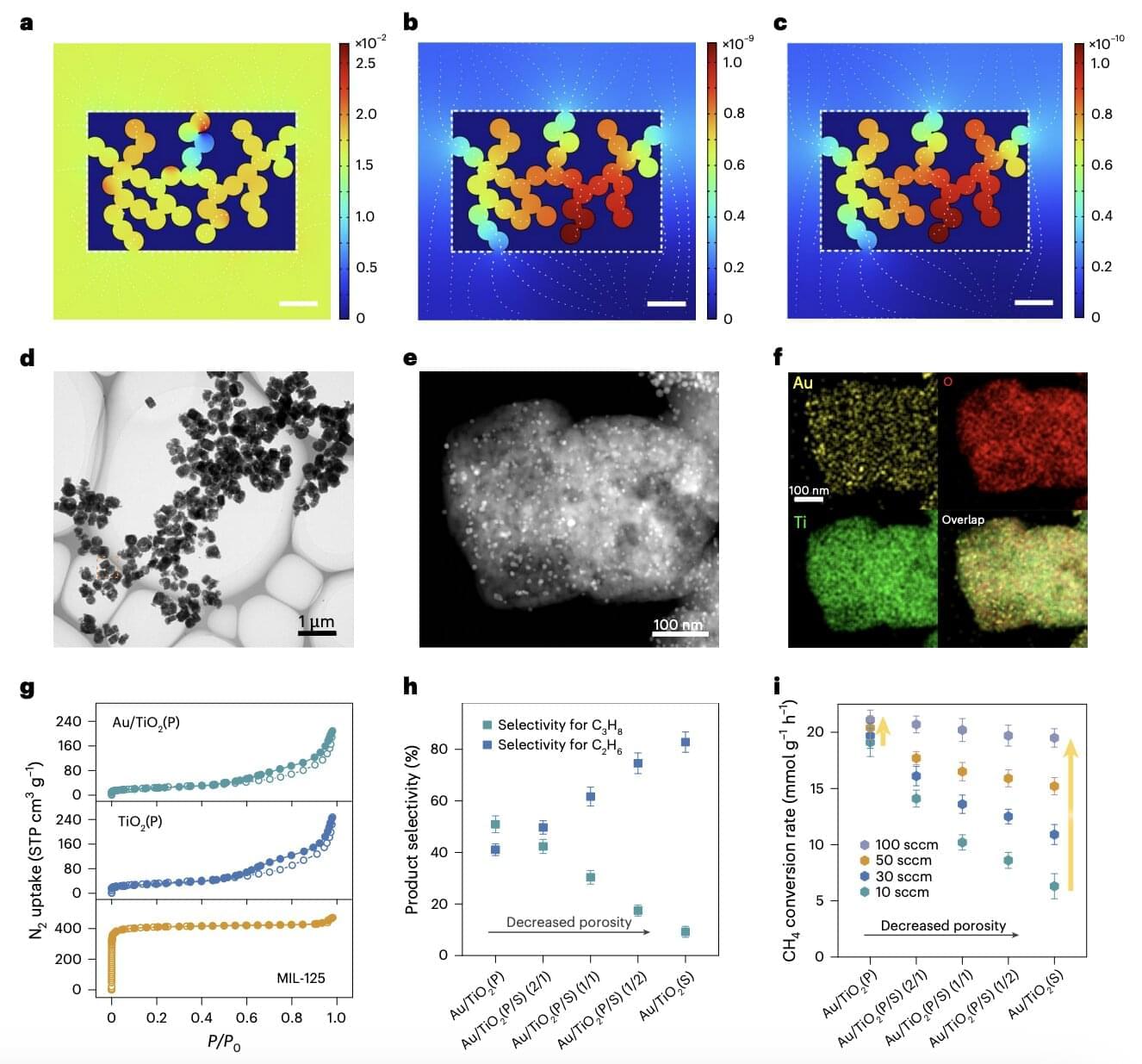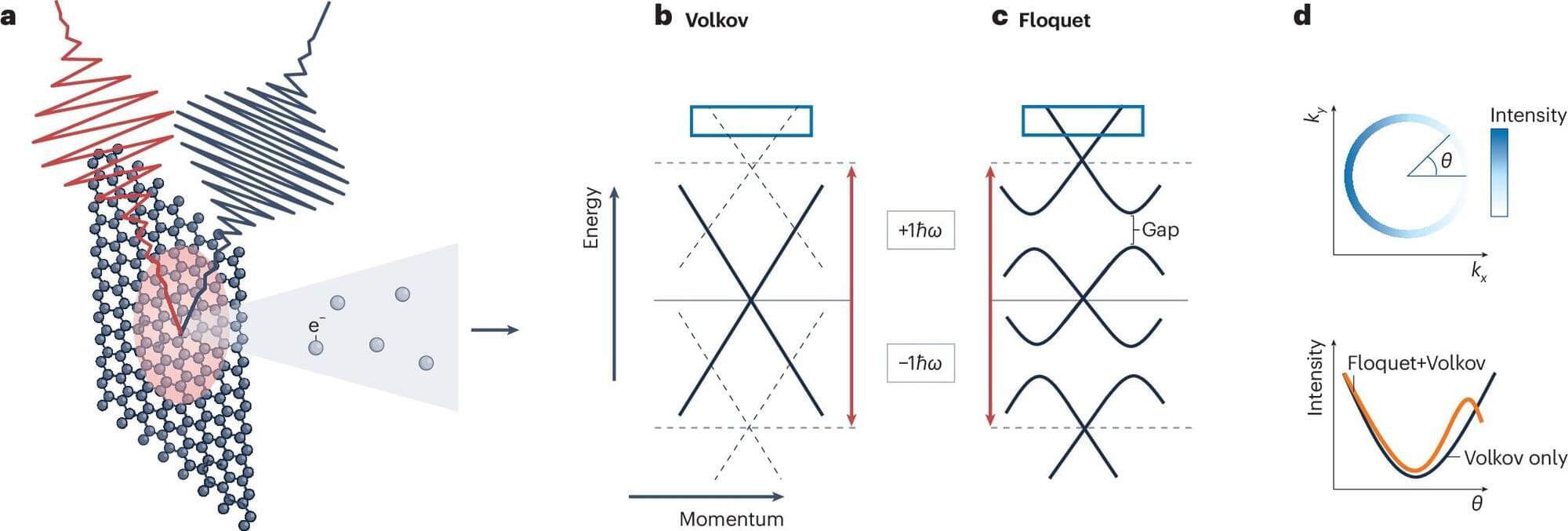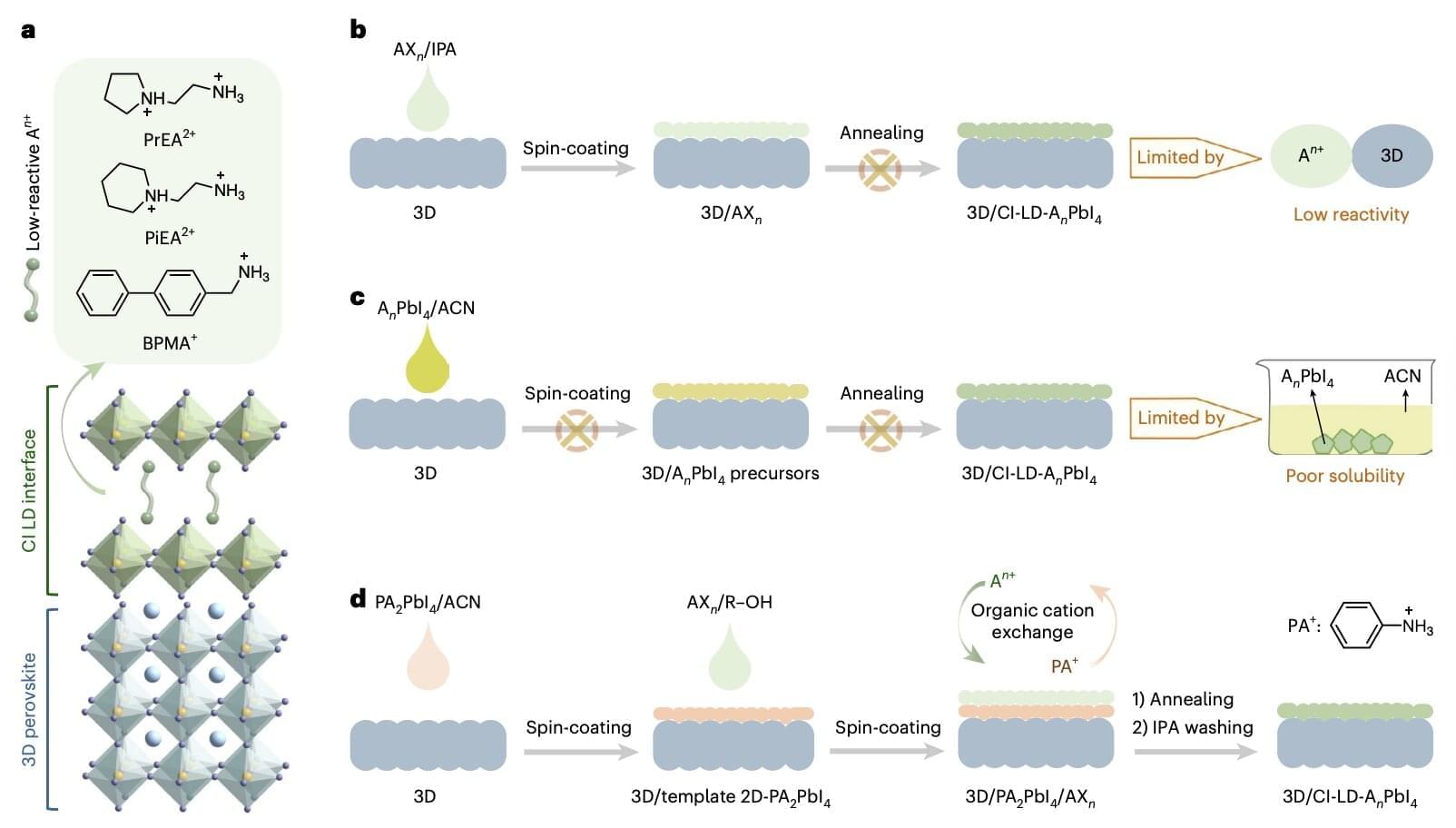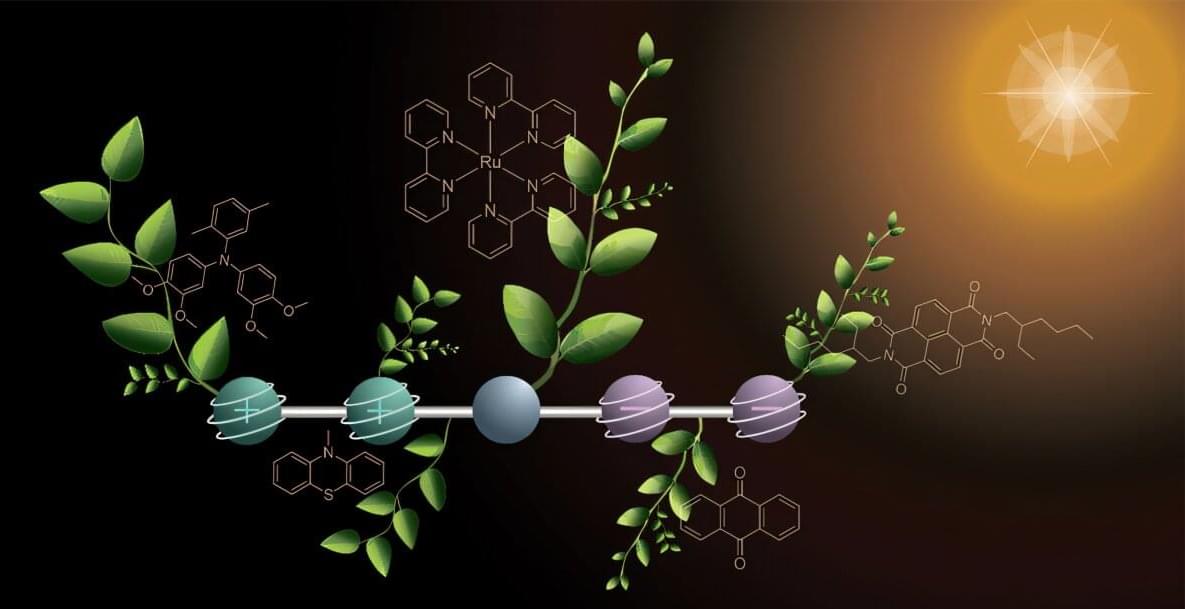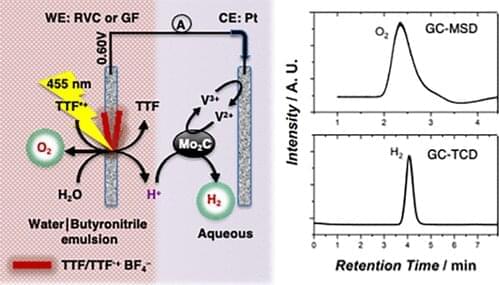Questions to inspire discussion.
Energy for AI and Infrastructure.
🤖 Q: How does AI development impact energy demands? A: AI development will drive massive demand for electricity, with solar and batteries being the only energy source with an unbounded upper limit to scale and meet these demands.
⛽ Q: Can solar energy support existing infrastructure? A: Solar energy can produce synthetic biofuels and oil and gas through chemical processes, enabling it to power existing infrastructure that runs on traditional fuels.
Expert Predictions.
🚗 Q: What does Elon Musk predict about future energy sources? A: Elon Musk predicts that solar and batteries will dominate the future energy landscape, citing China’s massive investment as a key factor in this prediction.

